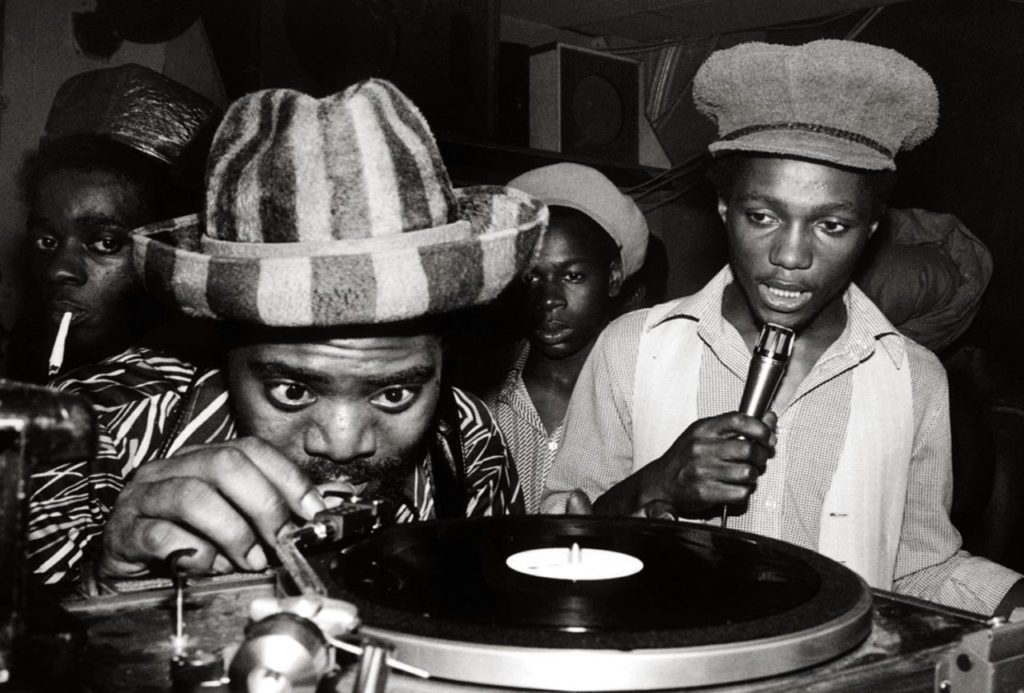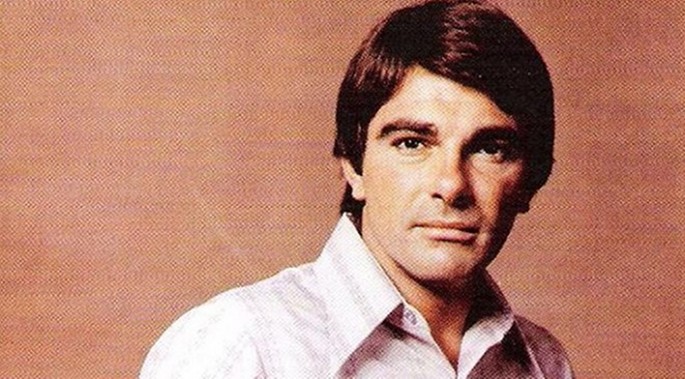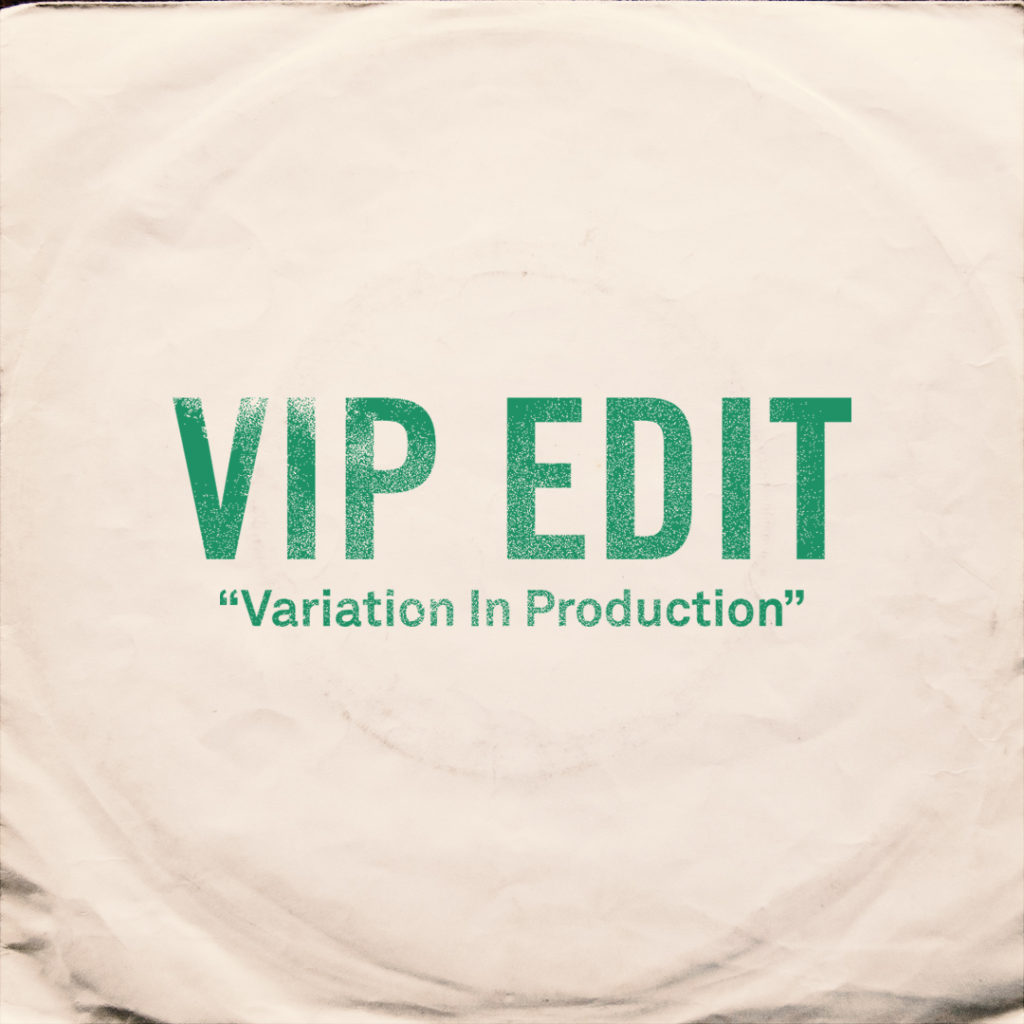Remixes are an integral part of dance music culture. Most people in a club will be familiar with the term, but for DJs and producers, that’s just the start. Dig a little deeper and you’ll soon be lost in a dark web of edits, VIPs, dubplates, WIPs, mash ups and bootlegs. But fear not, because we’re here to help you make sense of the similarities and differences between all these different ways of tweaking a tune. First, though, some history.
It was in Jamaica in the 1960s that sound system culture gave rise to the first so-called ‘versions‘ and ‘dubs‘ of tunes. Celebrated studio maestros like Lloyd Coxsone and Duke Reid were the first men to strip-out the vocals from reggae tunes. The resulting instrumentals had more space, less clutter, and allowed greater room for MCs to do their finest toasting.

But it was at the start of the 1970s in New York that dance remixes as we more commonly think of them were born. They were the work of American model and record producer Tom Moulton. He was a frequent dancer at Fire Island bar The Sandpiper. The story goes that he grew so irritated by the clumsy transitions and short length of the DJ’s tunes – most were pressed onto 7″ records and ran for just over three minutes – that he went home to Manhattan to work on a fix.

Over the course of 80 hours, he painstakingly cut up tape reels with a razor blade, spliced them together to make longer tunes and ended up with a 45 minute tape of continuous music. They went down a storm at the bar and word eventually got round, so labels came calling for Moutlon to serve up a ‘disco mix’ of some of their tunes. The longer versions went down a storm in clubs as well as on radio, and others began to emulate his techniques. The remix was born. When 12″ vinyl arrived with its capacity for even longer playing times, the grooves were lengthened again, the bass was made louder, and you had another major development in the history of DJing.
Don Downing – ‘Dream World (Tom Moulton Mix)’
Over the years, the purpose of the remix has evolved. Toolroom A&R and label manager Matt Smallwood used to work in record shops, so knows this first hand. “Remixes can be created for various reasons, but mainly to position a record into an alternative genre to the original, or to a different audience,” he explains. “Both of which ensures the remix reaches a further, more broad audience to the original version, therefore maximising awareness, revenue and sales potential.”
He also explains that more recently we’ve seen remixes used to add heat to a release campaign that is already live, “but may be missing out on certain radio support or support from a certain store, or territory.” In the run up to clubs opening on July 19th, Matt was busy preparing a new six-track VIP Edits EP that finds artists like CHANEY, Siege and Dombresky flipping their own originals into tunes that are more easily playable in a club set.
It came about because, during the 18 months of the pandemic, the label “intentionally shifted the needle” and released more vocal and radio-friendly records. “With no clubs to break records in, this became the only real route to market, ” says Matt, “so the idea was to take vocals that our fans love already, but add a more underground, club sensibility to the originals.”
Dombresky (feat. Camden Cox) – Do You Remember (VIP Edit)
Chaney feat. Laura Davie – ‘Back To Me (VIP Edit)’
You’ll notice this new EP is called VIP Edits rather than remixes, and Matt explains why. “A VIP is a ‘variation in production’, so similar to an edit but not enough of a change to be a remix. These are normally only done by the original artist, as per this EP.”
Adding to that, you have regular edits, which Toolroom remix artist Friend Within says, “are made without the use of individual stems. You change the arrangement and maybe add some drums but that’s about it.” Meanwhile, a WIP is a ‘Work In Progress‘ where an artist is still finishing a new version of a tune but wants to get it out and road test it. Then there are bootlegs and mash-ups, which, in a nutshell, are short, illegal remixes that are done without an original artist’s permission.
“Some remixes do start life as a bootleg, then if the original artist hears it and likes it, or it starts to get some attention, it has been known that these get cleared, released and go onto be hugely successful,” says Matt. He himself bootlegged Inner City‘s ‘Good Life’ back in 2014. Carl Cox hammered it every week at Space in Ibiza, so Matt reached out to Kevin Saunderson who loved it and officially released it on his KMS label.
Kevin Saunderson Presents Inner City – Good Life (Matt Smallwood Remix)
The last piece of the puzzle is the dubplate, which is the name used for the first acetate disks onto which a tune is engraved, before it is then mass-produced on vinyl. These are like secret weapons that are most commonly found in the worlds of drum & bass and dubstep, where producers cut a quick tune for a gig that no one else will have, don’t label it up, and build some pre-release hype.
Italian artist Flashmob features on the new ‘VIP Edits EP‘ and says his initial plan was simply to make a dub for club use only. He says he wanted to “maintain the magical side of the song without turning it into a straight forward club tool.” So, he stripped a few elements away from his original ‘Closer‘ tune, added some effects and beefed up the bottom end. It is a great new version that is primed for dance floor action but still has plenty of musical personality that makes it more than just a throwaway tool.
Flashmob – ‘Closer (VIP Edit)‘
“A piece of advice from me would be to keep the more catchy part of the original as the main focus of the remix,” he says, adding, “when I approach a remix I always try to respect the original, using at least a few of the main elements while trying at the same time to bring a different version of the record to the table. The idea is to keep the song idea intact but to create a banger for DJs.”
Are there any tunes he simply won’t touch because the original is just too iconic? “It’s not in my DNA to turn a challenge down,” he says. “I love to think that if I put myself in a difficult spot, I will definitely benefit and grow from it.“
In his role as Toolroom A&R, Matt has rejected the odd remix over the years, but says there are no real rules. He doesn’t give too much direction as feels that artists work best when they free to express themselves. “The idea of a remix for us is to present an existing record to a new audience, be it at store, club or radio level, but it tends to be an artist that we are following that we really like, or an emerging act that may not quite be ready for a single on the label, it is sometimes a great means of introduction to the label.”
If high profile artists can be enlisted, remixes can also be a way of shining as much light on a key release as possible. In Toolroom‘s case, Gorgon City & PDM (Purple Disco Machine) remixed Weiss‘s ‘Feel My Needs’ a few years ago, and David Penn & Detlef more recently worked their magic on Technasia & Green Velvet’s ‘Suga’ to great success.
WEISS – ‘Feel My Needs (Purple Disco Machine Remix)’
Friend Within‘s take on Solution‘s ‘Feel So Right‘ for Toolroom came about when he wanted to update a bit of an older, unknown classic. He kept its timeless piano riff and allowed the original 90s house bassline more room to shine during a new breakdown. “I’ve done loads of remixes over the years and found that as long as the original vocal is in there then the label is happy,” he says. “There does need to be something you recognise from the original but the amount you add or change is totally down to you.“
Solution – ‘Feels So Right (Friend Within Remix)’
There is also something of a modern phenomenon of ‘remixes of remixes,’ which Lee explains. “House has been around for so long now, and styles change, so you might want an updated version that would fit into a current DJ set, which is how I approached my Solution remix.” Another thing that is increasingly common, and which Lee finds “crazy,” is house artists sampling house music. And he has a point. The whole raison d’être of a remix, edit or any other change to a tune is creative diversity. Self-referential remixes completely defy the point and will only ever lead down musical dead-ends.
Matt says that, like original records, “a great new version is one that stands the test of time, one that you can play for 10 years and not get bored of it.”
Amen to that.

